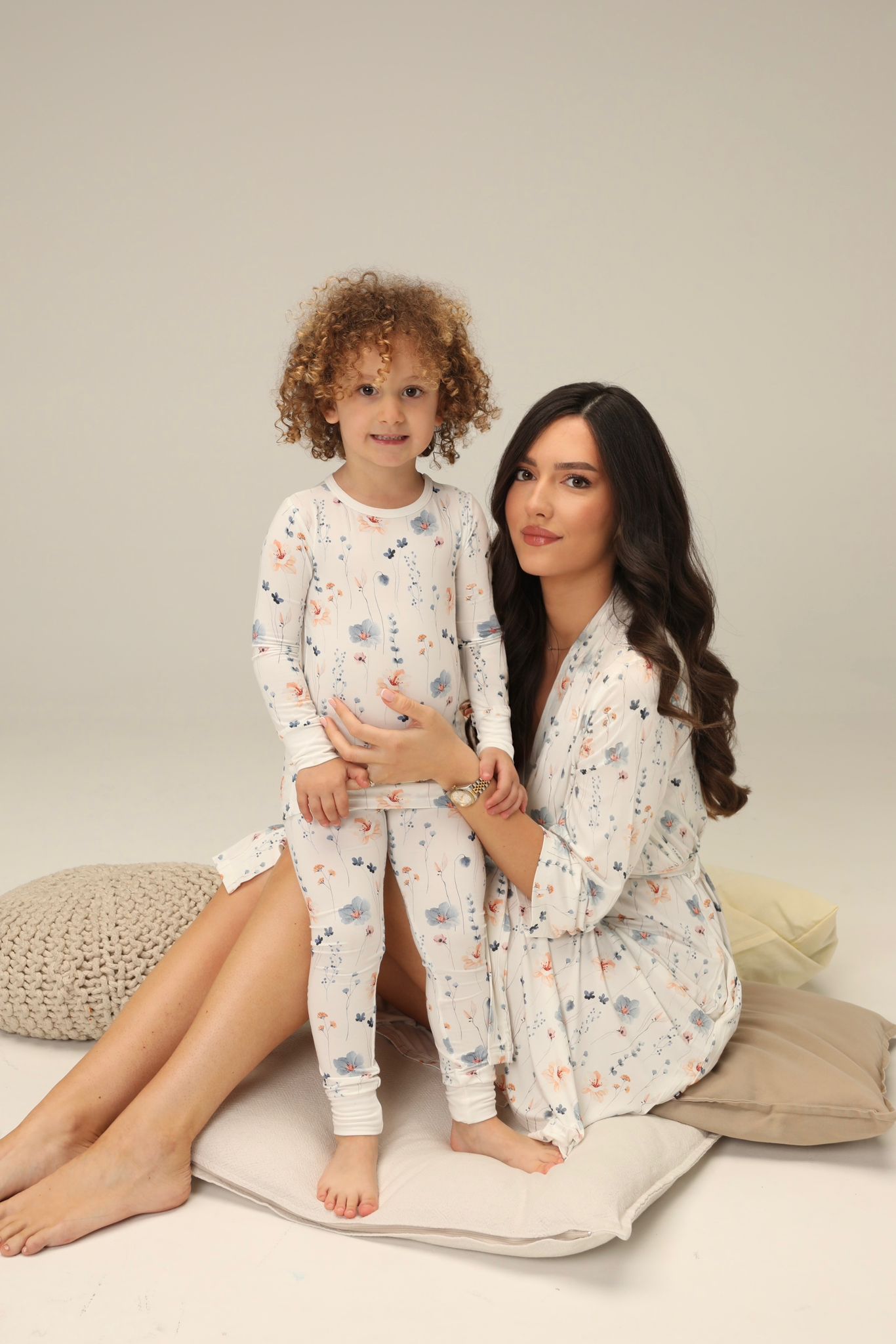Parents always want only the best for their kids, and that involves the garments they wear to sleep. Quality sleep is known to contribute to overall health, development, and well-being of your child, and since babies spend most of their time sleeping, it is understandable why choosing baby pajamas is so important. However, the abundance of options on the market today may cause overwhelming fatigue, because it can be hard for new parents to find exactly what they are looking for. When it comes to choosing baby and toddler pajamas, your primary goal is to make sure they are soft, snug-fit, and made of kid-safe materials which will not cause any harm. This is where sleepwear made of bamboo comes in. Pajamas and footies made of this fiber are exceptionally soft and cozy, but also eco-friendly and sustainable, meaning there are no toxic substances. With a range of fantastic benefits, this wonderful fiber is an excellent choice for your toddler’s nightwear.
In this guide, we will provide you with insights into how to find the best bamboo pajamas for your little one. We will also talk about the amazing properties of bamboo, how to care for the material, and how to choose the right size and style. This article will help you understand why more and more parents are raving about bamboo and why it’s an essential choice for babywear.



